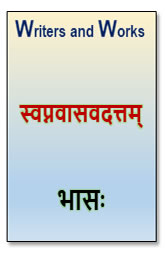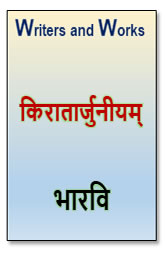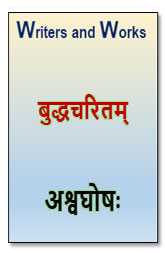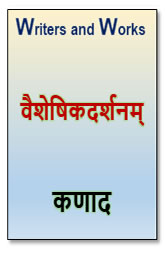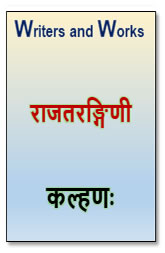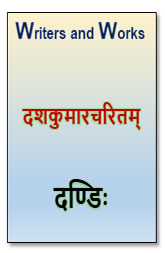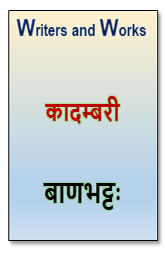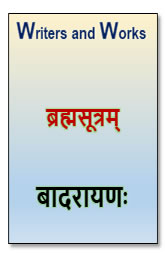
My Account | Online Catalogue | Contact Us
Munshi Saraswati Mandir Granthagar
(THE BHAVAN'S LIBRARY)
Indology Collection
The collection consists of over 10,000 books on various Indological subjects in Sanskrit, English, Gujarati, Hindi and Marathi. The library also has 1,400 manuscripts and some books in Pali and Prakrit.
Browse Online Catalogue
Library Blog
Festivals of India
Featured Books
- डान् क्विक्षोटः Don Quixote
- Sanskrit Classics – Editions and Translations
- The Bhagavad Gita with Eleven Commentaries
Dates & Events
Book Displays
Articles
Digital Library
Digital Books
Articles: The Bhagvad Gita
by Smt. Anjali Ambekar
The Bhagvad Gita
The Bhagavad Gita (Sanskrit Bhagavad Gītā, "Song of God") is a Sanskrit text from the Bhishma Parva of the Mahabharata epic. Due to differences in recensions they may be numbered in the full text of the Mahabharata as chapters 6.25 – 42. or as chapters 6.23-40 According to the recension of the Gita commented on by Shankaracharya, the number of verses is 700, but there is evidence to show that some old manuscripts had 745 verses.
Krishna, as the speaker of the Bhagavad Gita, is referred to within as Bhagavan (the divine one), and the verses themselves, using the range and style of Sanskrit meter (chandas) with similes and metaphors, are written in a poetic form that is traditionally chanted; hence the title, which translates to "the Song of the Divine One". The Bhagavad Gita is revered as sacred by the majority of Hindu traditions, and especially so by devotees of Krishna. It is commonly referred to as The Gita.
The content of the text is a conversation between Krishna and Arjuna taking place on the battlefield of Kurukshetra just prior to the start of a climactic war. Responding to Arjuna's confusion and moral dilemma, Krishna explains to Arjuna his duties as a warrior and Prince and elaborates on a number of different Yogic and Vedantic philosophies, with examples and analogies.
This has led to the Gita often being described as a concise guide to Hindu philosophy and also as a practical, self-contained guide to life. During the discourse, Krishna reveals his identity as the Supreme Being Himself (Bhagavan), blessing Arjuna with an awe-inspiring glimpse of His divine universal form.
The Bhagavad Gita is also called Gītopaniṣad as well as Yogupaniṣad, implying its status as an 'Upanishad'. Since it is drawn from the Mahabharata, it is a Smṛti text, however referring to it as an Upanishad is intended to give it status comparable to that of śruti, or revealed knowledge.
The Gita shows a way to rise above the world of duality and the pairs of opposites, and to acquire eternal bliss and immortality. It is a gospel of action. It teaches the rigid performance of one's duty in society, and a life of active struggle, keeping the inner being untouched by outer surroundings, and renouncing the fruits of actions as offerings unto the Lord.
The Gita is a source of power and wisdom. It strengthens you when you are weak, and inspires you when you feel dejected and feeble. It teaches you how to resist unrighteousness and follow the path of virtue and righteousness.
No wonder they say 'Keep Gita at home', for wherever this holy book is present, or read there you have an effect as good as the confluence of all the holy rivers.
Geethaayaa: pustakam yathra yathra paata: pravarthathe
Thathra sarvaani teerthaani prayaagathini thathra vai
Did You Know?
Library Blog
Contributions like articles, book reviews, book abstracts, etc. are welcome from Library Members, Bhavan’s staff, and friends and supporters of the Library.
Contribute to Library BlogUseful Website Links
Join Now
- Patron -1 [25 Years]
- Patron -2 [15 Years]
- Bookworm [Yearly]
